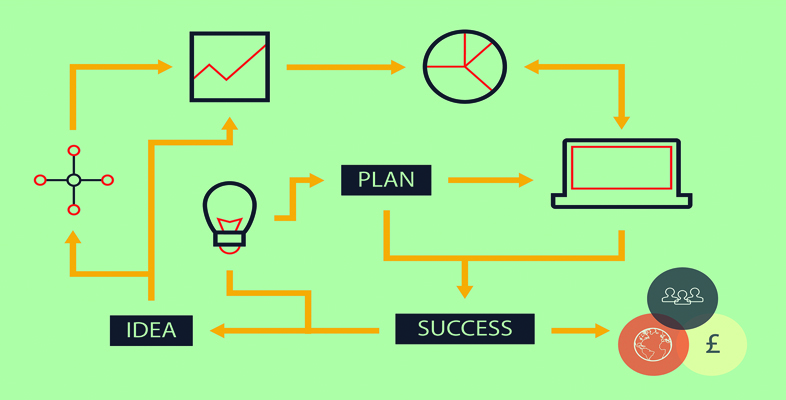4 Brand or USP?
Think of some recent consumer products you have bought – it could be clothing or shoes; a technology product or toiletries, beauty products or even washing liquid. How did you decide what to buy? Perhaps you have a favourite or perhaps you are convinced that you only ever buy the cheapest available. How your customers make their choice is vital to understand if you are going to communicate effectively with them about the value of your own business or products.
In Activity 2 in the previous section you differentiated between features and benefits. Sometimes these features or benefits can be unique – so unique that they are memorable and lead to a point of difference, which people are prepared to pay more for. They may even be patented. Think of the mint with the hole. It is unique, memorable and a trademark. Think also how UK households are filled with containers that once contained a product – e.g. a coffee jar of a particular shape with a seal that can be reused as a storage jar. These unique features add value and encourage loyalty beyond the preference for the taste of the coffee, especially where the product inside may not provide the basis of a strong preference.
Now think back to those trainers you or a teenager you know may have purchased – was the decision really based only on price? It may have been if you had budgetary constraints, but then where there are multiple products in the same price range how would you decide? There are many consumer purchases where the label or brand is as important. The brand is important for a number of reasons. It may confer a certain value or imply the wearer’s values and style through being classic, high quality, or trendy and popular. The brand is associated with these values and for this reason customers tend to be prepared to pay more for this association. Some household names have famously become so popular they have become ‘genericised’ – think Hoover, which ultimately became a verb, as has Google (to google it)!
Having a good brand name will help your business to stick in the minds of prospective customers and customers, but this takes a lot of time, marketing and communications activity, and often budget to achieve any serious level of awareness. It can therefore be very hard for a new business to establish itself as a brand from a standing start.
Reflection
Before you go on to define a value proposition for your own idea (or one for a product or service you are familiar with), consider the following questions:
- In what ways do you think a product or company name can suggest something about a product or service that customers will experience?
- Can it convey a particular image or suggest something that separates it from others in the marketplace?
- How do brands and USPs impact on the price? How about the customer’s perception of value?
Now listen to the following videos where our entrepreneurs are asked about their business’ value proposition. Listen to how they have thought it through and how useful a value proposition is as a concept for them. You may want to take some notes in a noteboook to capture your ideas when they occur. What did the entrepreneurs say about their value proposition?

Transcript: Video 1 Value proposition
Next you will work on defining your own value proposition.
